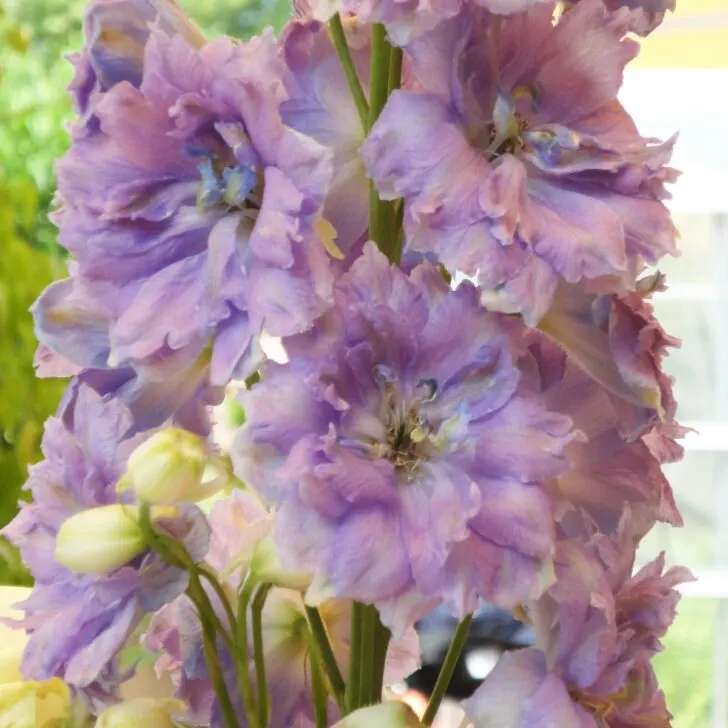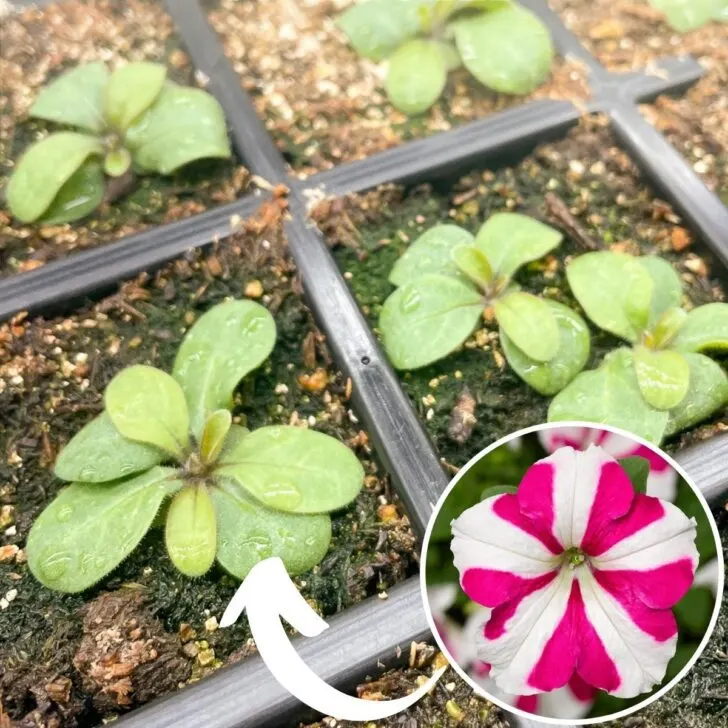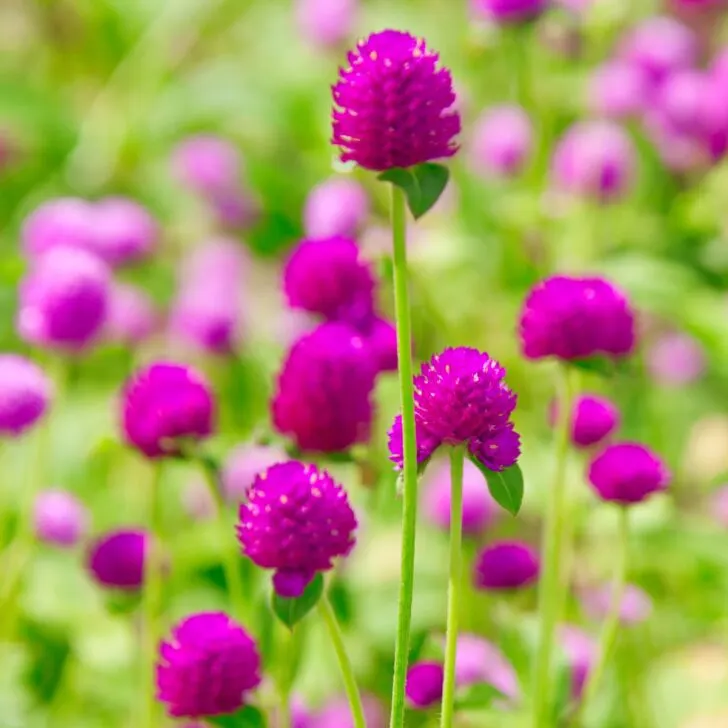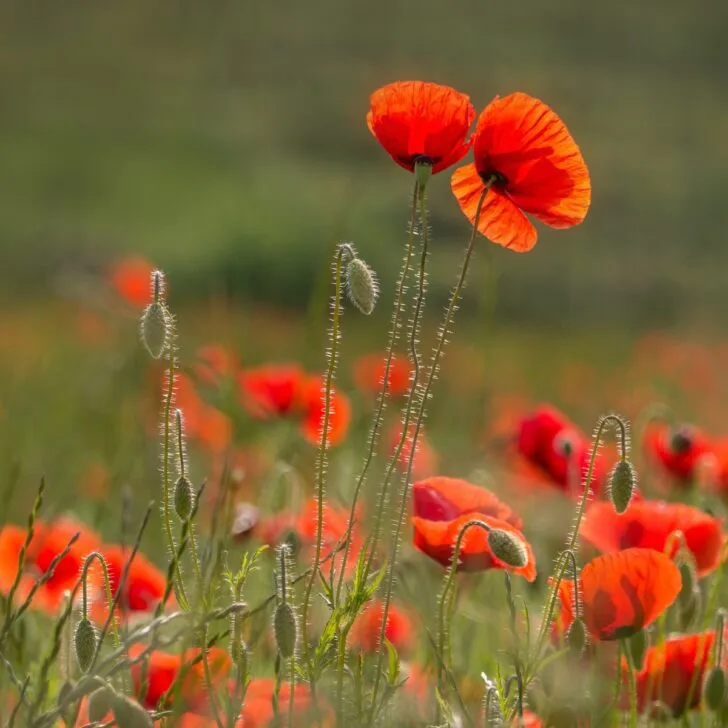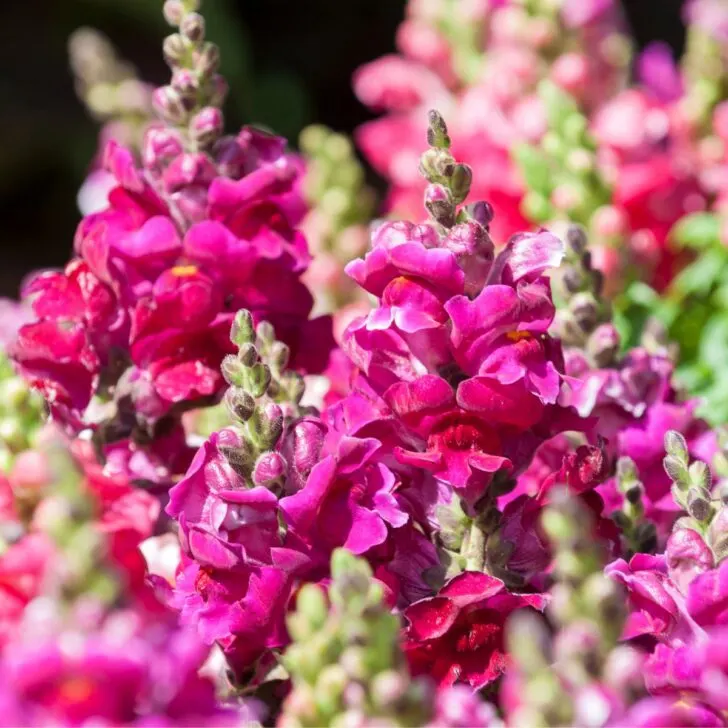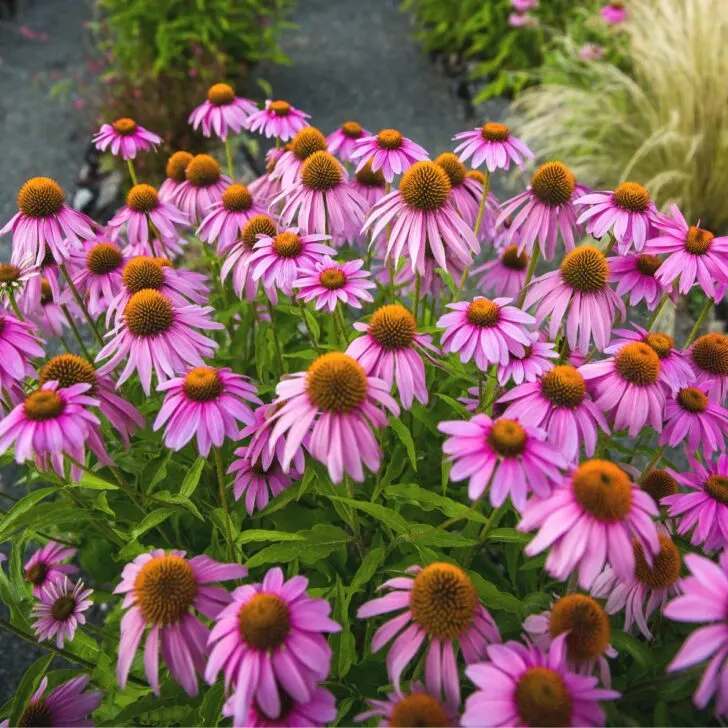Learn how to grow nasturtium from seed with this guide. I'll show you how to sow your seeds and care for your plants as they grow.
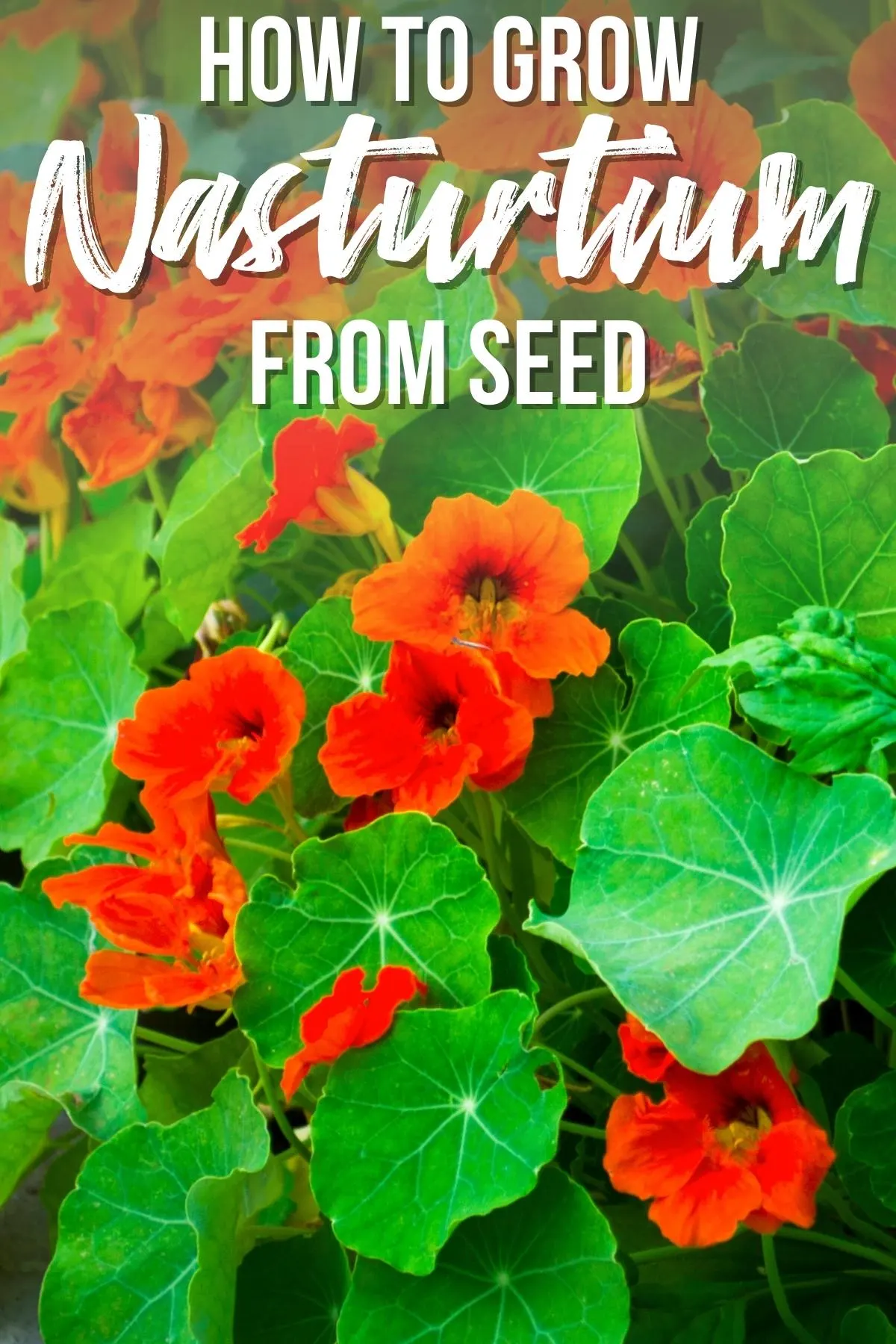
Growing nasturtium from seed is a great way to add vibrant color and texture to your garden. Nasturtiums are easy to grow, require little maintenance, and are both edible and beautiful.
In this article, I'll show you the steps you need to take in order to successfully grow nasturtiums from seed. You'll also get tips and tricks for planting and caring for your nasturtiums once they have sprouted.
Whether you're a beginner or an experienced gardener, this article will provide you with all the information you need in order to get started growing your own nasturtium from seed!
Let's get growing!
This post contains affiliate links for your convenience. Purchases made through these links may earn me a small commission at no additional cost to you.
What is nasturtium?
Nasturtium is a beautiful flowering annual you can eat. Nasturtium flowers, leaves, and seed pods are all edible, tasty, and nutritious. They have a distinctive, slightly spicy flavor similar to garden cress and mustard greens and are sometimes called Mexican cress, Indian cress, and Peruvian cress.
They're easy to grow, thriving in areas with poor soil and producing exceptional blooms where other plants fail. Nasturtium plants readily re-seed, so you can plant them once, harvest them, and enjoy them for years to come.
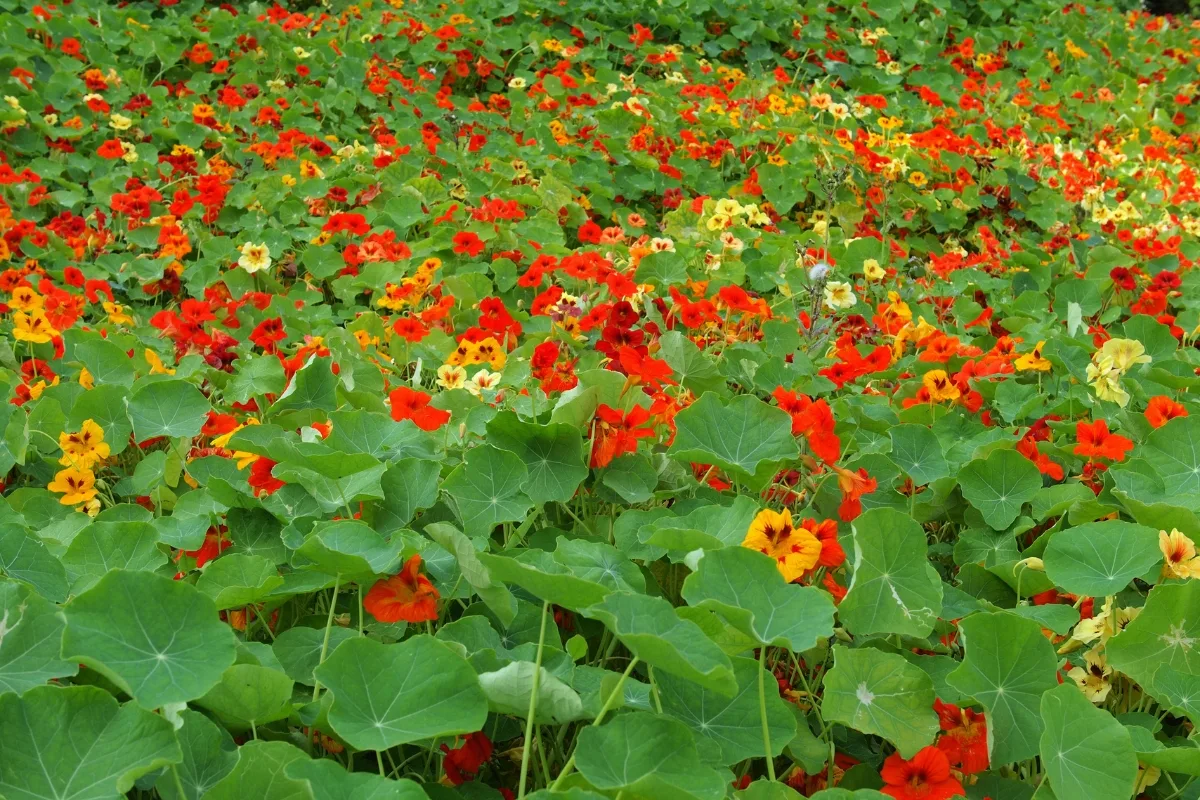
Nasturtium varieties differ in flower color, size, leaf patterns, and can have semi-trailing, climbing, or bushy growth habits. Their 2 to 5-inch diameter rounded leaves sit upright on slender stems attached to the leaves' centers.
Depending on the cultivar, the foliage is bright green or variegated, and the deep-centered blossoms come in orange, cream, white, red, yellow, and maroon colors and can bloom from late spring until frost.
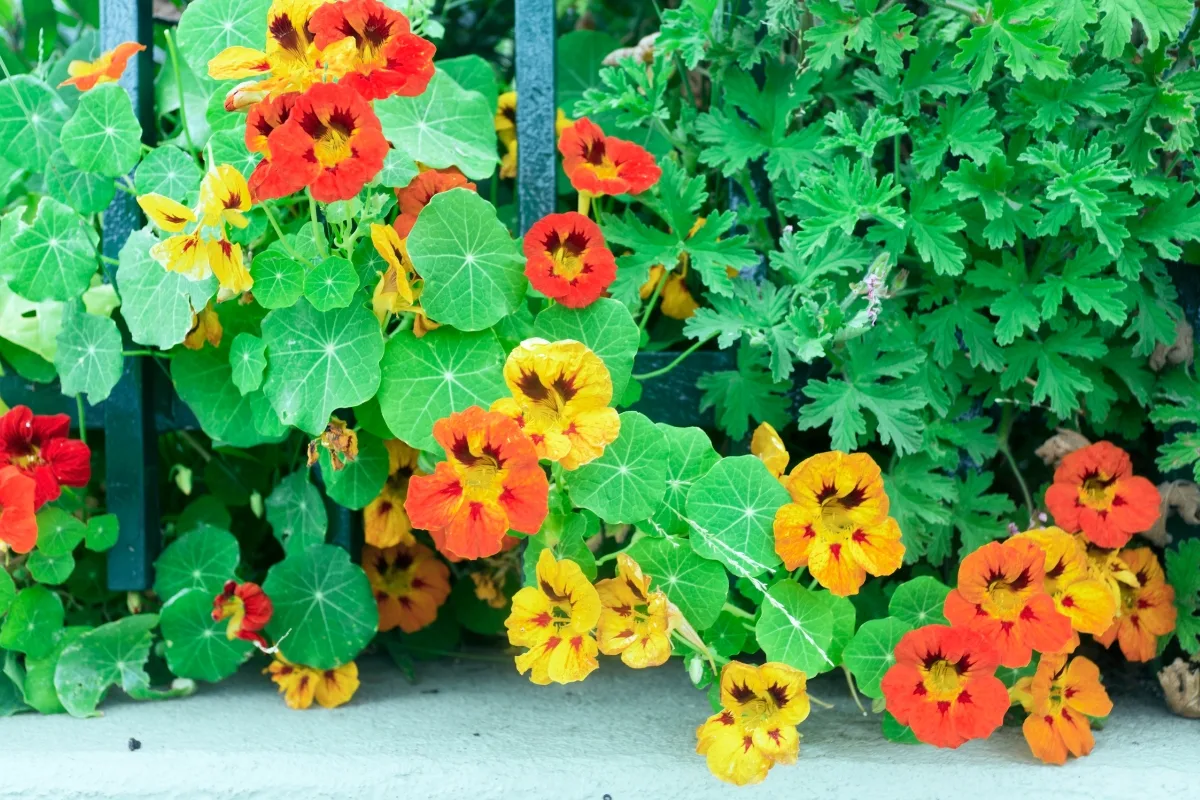
The nectar in nasturtium blooms attracts hummingbirds and other pollinating species. It also has the benefit of being a host plant for breeding butterflies, so don't be too eager to rid the plants of caterpillars before you investigate what type of moth or butterfly they will become.
Nasturtium Varieties
When choosing nasturtium seeds, consider whether you want trailing or climbing plants or dwarf ones that grow low and bushy.
Trailing varieties tend to have larger but fewer flowers than dwarf nasturtiums. Trailing varieties are an excellent choice for a fence or trellis, in hanging baskets, or to spread along the ground. I'll be growing Cherry Rose Jewel nasturtium as a groundcover this year.
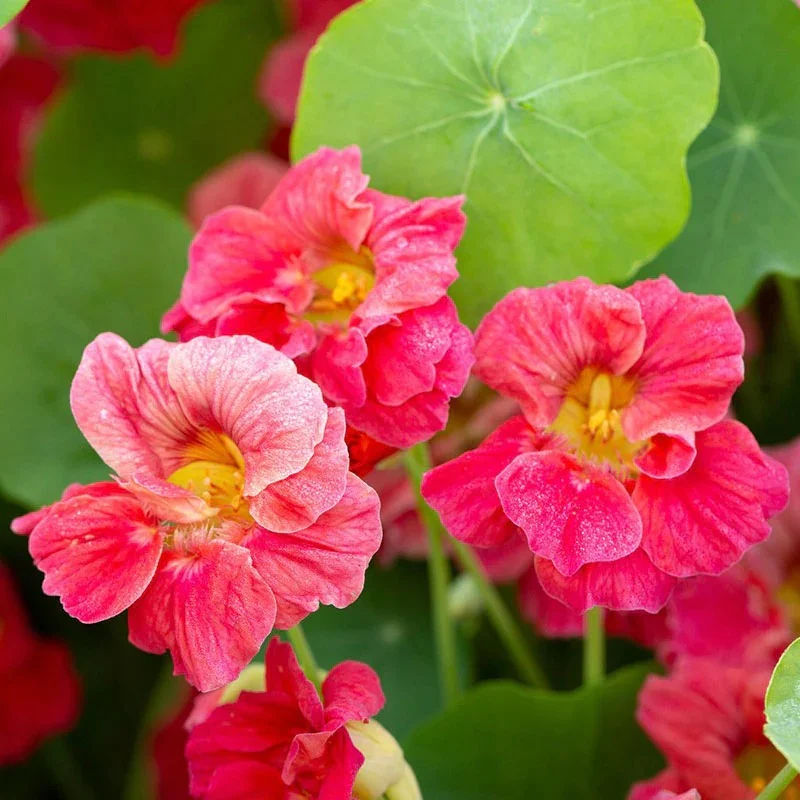
Bush nasturtiums look great in containers, flower beds, and borders. I'm growing Orchid Cream nasturtium for the front of my sunny flower beds. This variety grows more upright, with a height of about a foot.
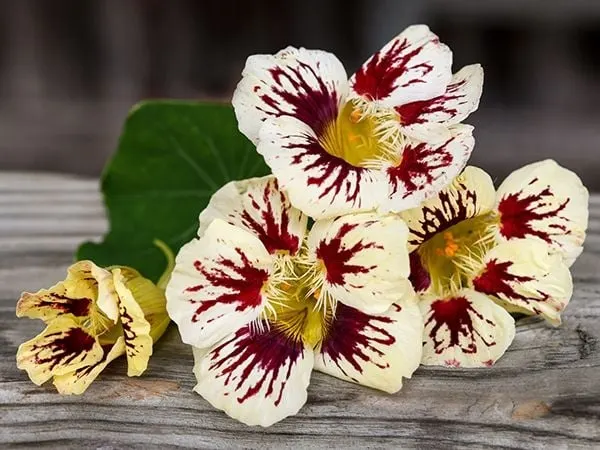
Here are a few other cultivars to give you an idea of the possibilities.
- 'Alaska' has variegated leaves and flowers that are crimson or yellow and ready to eat within two months after germination.
- 'Black Velvet' has unusually dark red flowers with yellow throats.
- 'Jewel Mix' is a vigorous, trailing cultivar with yellow and salmon-colored flowers.
- 'Orchid Flame' and 'Empress of India' are bush varieties that top out at 12 to 16 inches high.
- 'Yeti' and 'Purple Emperor' are climbers that readily scramble over a fence or trellis, covering it with their purple, yellow, or cream-colored flowers.
How to Plant Nasturtium Seeds
The large seeds of nasturtiums are easy to start indoors in small pots 4-8 weeks before your last frost date, or sow directly in the garden when temperatures are warming and frost danger has passed.
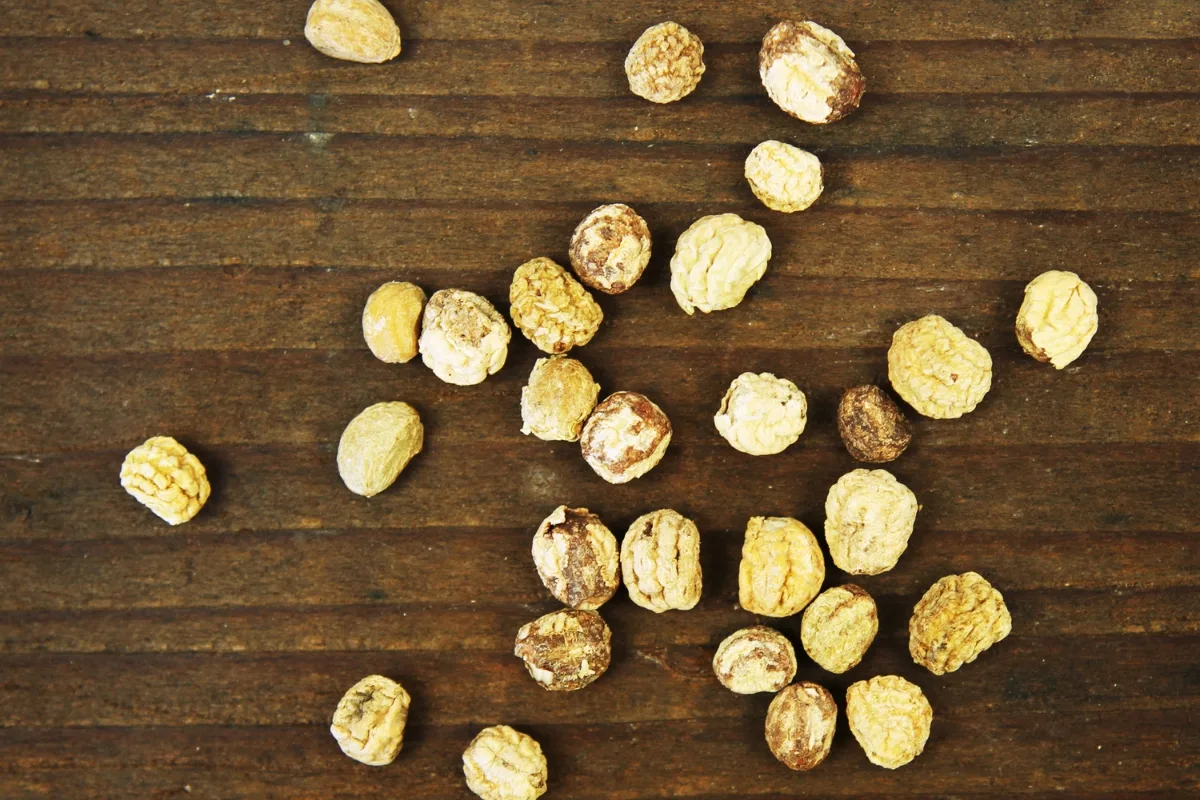
Use pots at least 3 inches deep because this plant has a long taproot that doesn't respond well to transplanting if disturbed. I'll be using these root trainer trays to plant my nasturtium seeds once my sweet pea seedlings go out into the garden.
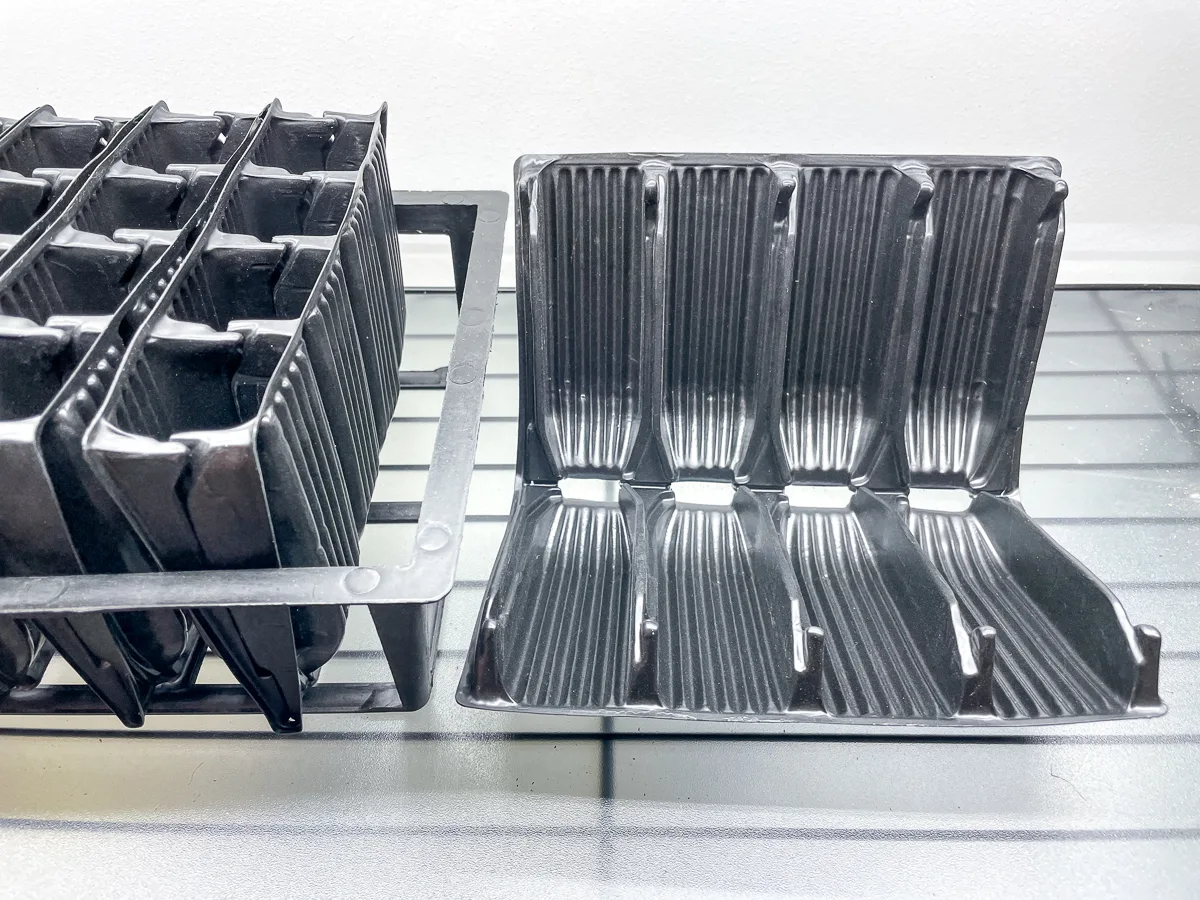
You can hasten germination by soaking the seeds in warm water for about six hours before planting. Whether you start them in individual pots or garden soil, plant seeds ½ to 1 inch deep and cover them with soil.
When direct sowing or transplanting seedlings, space the plants 10 to 12 inches apart or plant seeds in groups of three or four and then thin to the most vigorous plant when they get their first set of true leaves.
Nasturtium Companion Planting
Nasturtiums thrive in sandy, quickly draining soil deficient in nutrients and with regular watering. They grow equally well in full sun and partial shade, but sunnier locations produce more flowers.
Nasturtiums are related to brassica vegetables, including kale, cabbage, and broccoli, which are susceptible to aphids. The nasturtiums can act as a trap crop to entice these pests away from your harvest, making them a good companion plant in your vegetable garden.
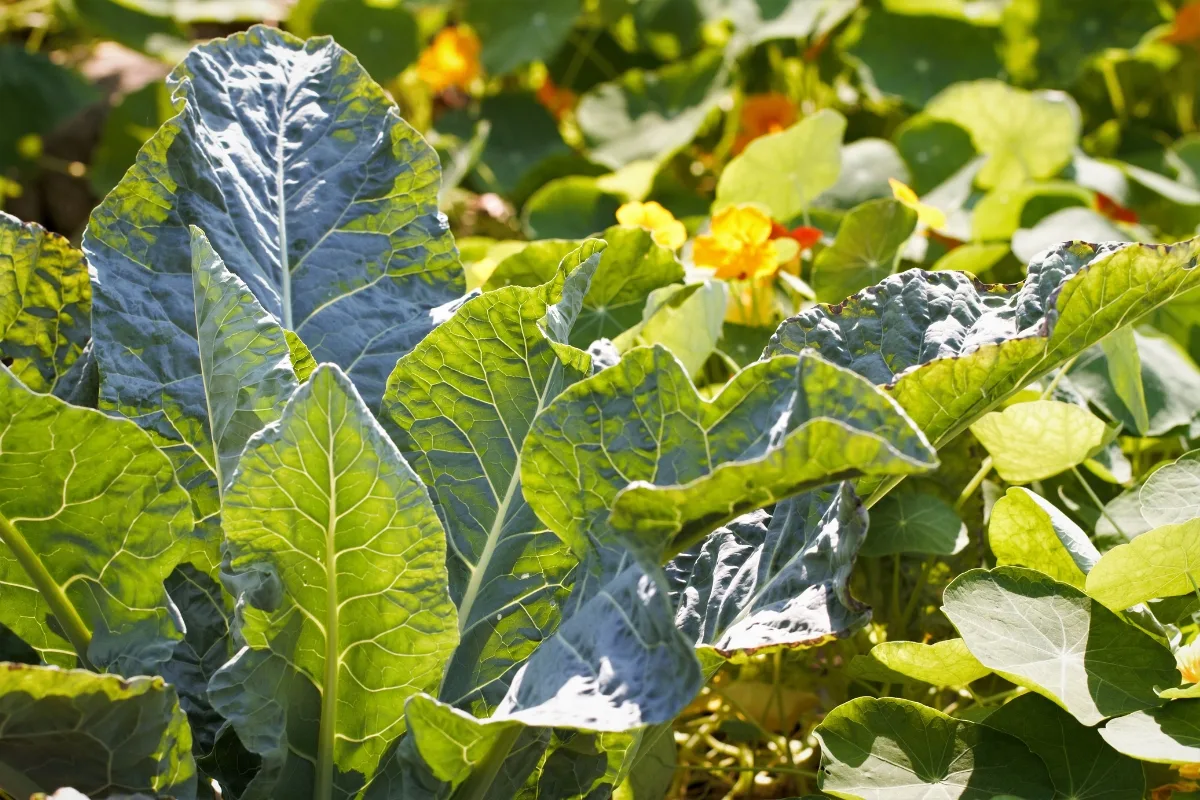
How to Care for Nasturtium Seedlings
Nasturtiums in pots will likely need more water than plants grown in the ground. In the garden, water them regularly, but don't let the soil get soggy. Nasturtiums do not need fertilizer; too much fertilizer causes an abundance of leaves and decreases flowers.
Another consideration about this plant is that it can become a perennial in warm growing zones, where it tends to become invasive. To avoid it spreading where you don't want it to grow, plant it in a raised bed or an area bounded by walkways, driveways, or other barriers. You can also remove spent flowers before they set seed to prevent unwanted spreading.
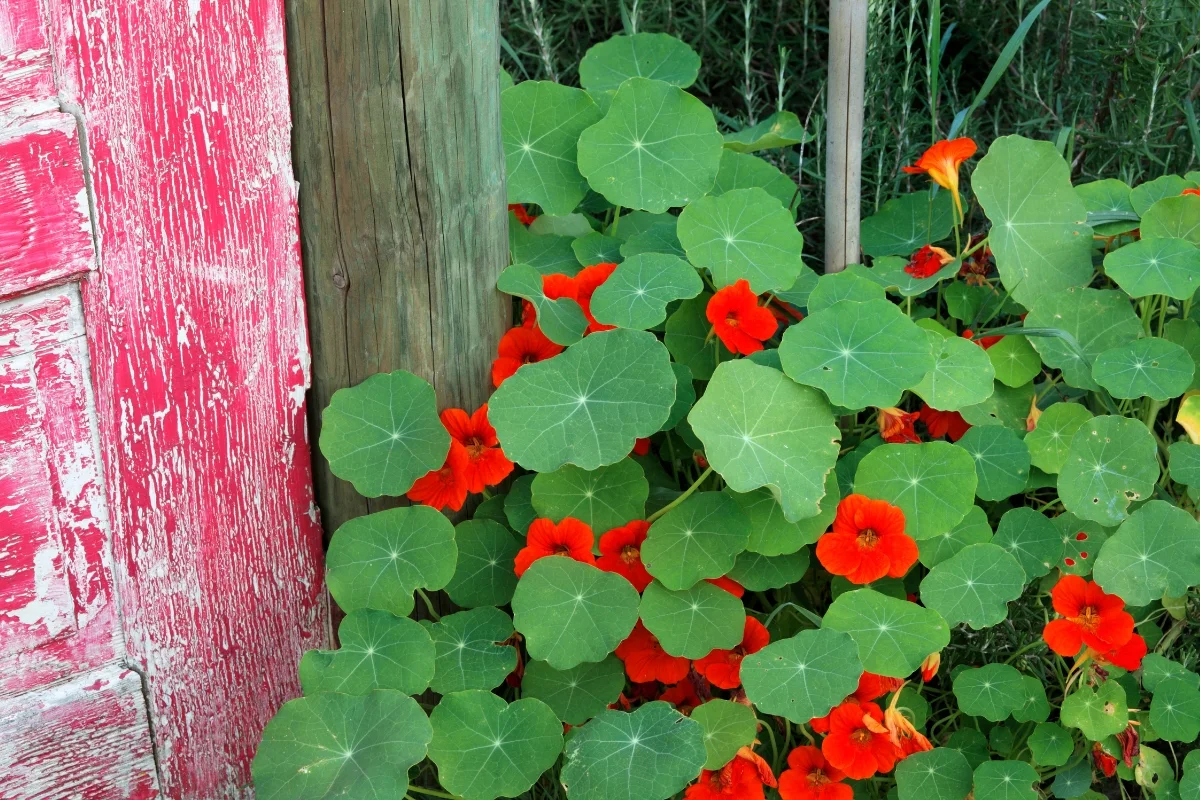
Harvesting Nasturtiums to Eat
It's a good idea to wait about two months after planting nasturtiums before harvesting more than a few leaves because they need the leaf energy to help the plants flourish. However, nasturtiums grow fast, so you'll only need to wait about 60 days to start picking the blooms and foliage to eat.
You can eat nasturtium leaves as a substitute for watercress, and the colorful, tangy flowers add a special touch to salads or as a garnish.
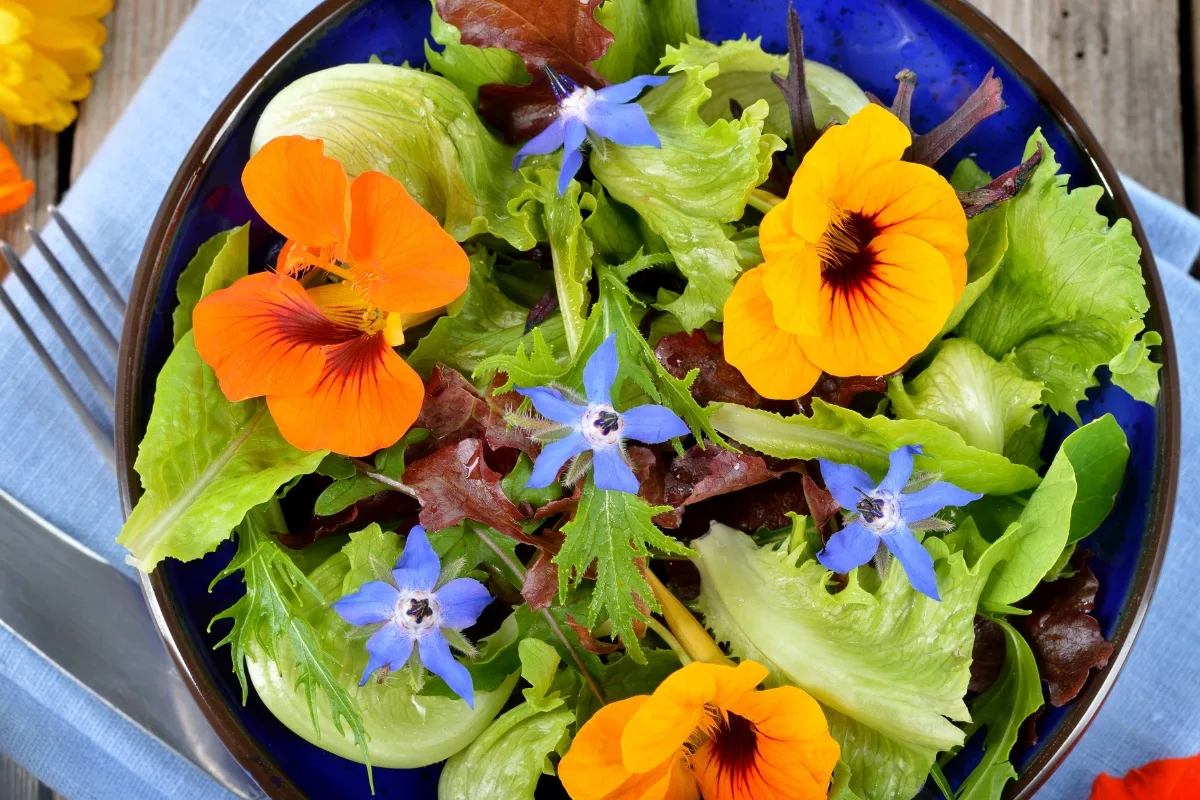
After germination, pods take about four months to ripen. Pick the seed pods when they are crunchy and have the most intense flavor before they fully mature. You can also pickle the pods and seeds as a substitute for capers.
With just a few simple steps, you can have these vibrant flowers blooming in no time. So why not give it a try? With a little patience and care, you can enjoy the beauty of nasturtiums in your garden all summer long!
Check out these other flowers you can grow from seed!

